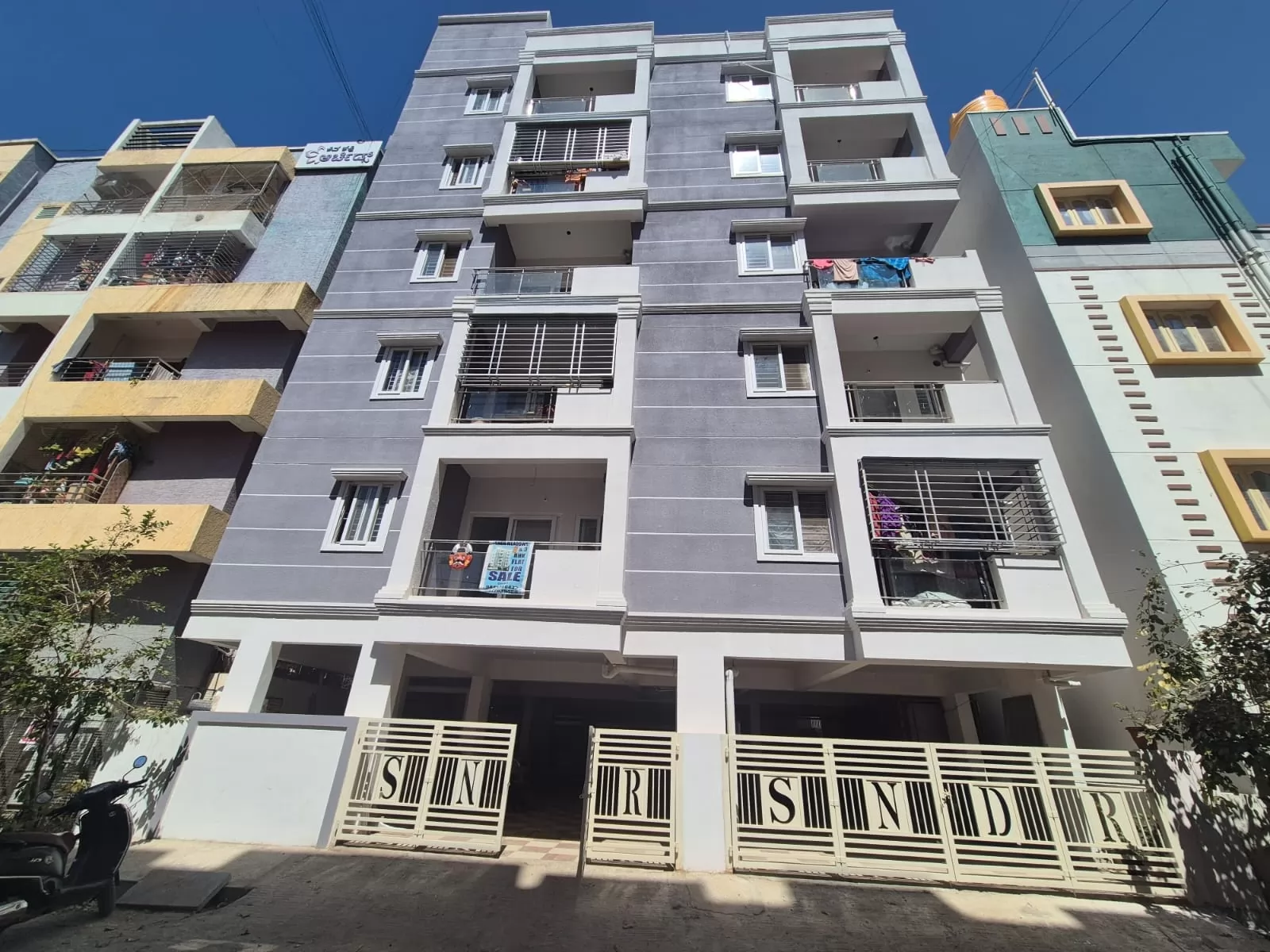Wall Cladding: Many Forms and Advantages
Bricksnwall Trusted Experts

The act of laying one material on top of another to form a skin covering over the walls is known as wall cladding. Cladding serves as a barrier against water damage to walls and internal components of buildings, as well as a means of stopping leaks that can endanger individuals navigating the interior of the structure. There are numerous varieties and shapes of wall cladding with varying compositions, textures, and sizes. Both the outside [applying a material] and interior [wallpapers] of a building can use wall claddings.
Benefits of wall cladding
Cladding acts as a shield to prevent the walls from being directly exposed to the weather and its damaging effects. It offers a number of benefits.
- Enhances a structure's mechanical strength.
- Offers both aesthetic appeal and structural protection.
- Enhances the insulation against heat.
- Fulfils decorative functions.
- Raises the temperature and strengthens the resistance to cracking.
- Decreases the absorption of water.
- Offers protection against sunlight.
- Protections against chemical and air pollution.
- Establish the ideal acoustics to absorb or insulate sound.
- Many kinds of wall covering
The types of wall cladding are differentiated based on the materials that were utilised in their construction. Technological advancements have brought about a multitude of options in response to the increasing demand for improved protection and resilience at reduced prices. Every one of them is given below.
Natural stone Cladding
The price of natural stone cladding typically varies depending on the kind of stone being bought, such as quartzites, granite, marble, slates, and sandstones. The necessary size and shape have a significant impact on the price as well. Stone strips with two to fifteen rows can be used for cladding. As a result, more glue is needed to adhere the more pieces there are in a single stone cladding. The building feels warmer as a result of it. It can be mounted on top of a steel or concrete surface.
Vinyl Cladding
There are numerous colours available for vinyl cladding. Vinyl can save you money both during the installation process and in the long run because it is still among the least expensive cladding materials and has energy efficiency that has been demonstrated. Additionally, insulated panels can be added to your home to create a blanket that regulates temperature, keeping your space cool in the summer and warm in the winter. Vinyl is far lighter than its substitutes, enabling panels to be fully flexible while covering a structure. It doesn't need to be painted over because it is flake and dent resistant.
Aluminium Cladding
When compared to other metals, aluminium cladding has many advantages. The weight of aluminium is approximately one-third that of steel. It weighs about 2,7g/cm3 on average. Because of this, aluminium is a fantastic building material that lasts for many years. It may be recycled without sacrificing any of its quality. Aluminium production requires little energy and produces constant emissions. It's a versatile metal that can be easily moulded into a wide range of sizes, shapes, and finishes.
Wooden Cladding
Of all the cladding options, woom continues to be the most aesthetically beautiful. Timber cladding is typically put in long, narrow boards that can be fitted diagonally, vertically, or horizontally. The result can be fully customized to obtain the desired decorative look. Wood is a very effective insulator and weather-resistant material for siding. It is simple to install and long-lasting. Wood's organic appearance delivers unparalleled aesthetic quality. Wooden planks can also be used for flooring and decking.
Brick cladding
Brick cladding Bricks come in a multitude of hues and are made of lightweight materials. It offers complete defence against every type of environmental stressor. Brick-built cladding is impervious to decay, cracking, and pollution damage. The majority of cladding bricks are produced by cutting-edge, in-house-created proprietary machinery. It keeps you cool in the summer and toasty in the winter with minimal energy usage. They work in perfect harmony with passive building design to capture energy from the environment. Brick cladding's inherent density and thermal insulation properties lower energy consumption rates and maintain a comfortable building temperature.
Cladding made of stainless steel
The cladding made of stainless steel is extremely resilient to environmental factors and long-lasting. A substantial amount of chromium (minimum 10%) is present in stainless steel, and when it reacts with oxygen, it forms a passive layer of non-porous chromium oxide (Cr2O3) that prevents further corrosion. Low-alloy and carbon steels can both be coated with stainless steel. It is highly resistant to the influences of the environment. It is produced with at least 10% chromium in order for chromium oxide to develop when it comes into contact with atmospheric oxygen.
Glass cladding
Applications for glass cladding are both indoor and outdoor. It offers a useful and affordable substitute for painting, tiling, and other decorative techniques. These cladding options can offer an eye-catching, low-maintenance wall surface that works well in a variety of business exterior and interior settings. Glass cladding comes in a range of forms and textures, such as tempered, laminated, enamelled, curved, and specially treated glass. These alternatives provide a great deal of freedom when it comes to look, functionality, and composition to meet the demands of contemporary architecture.




